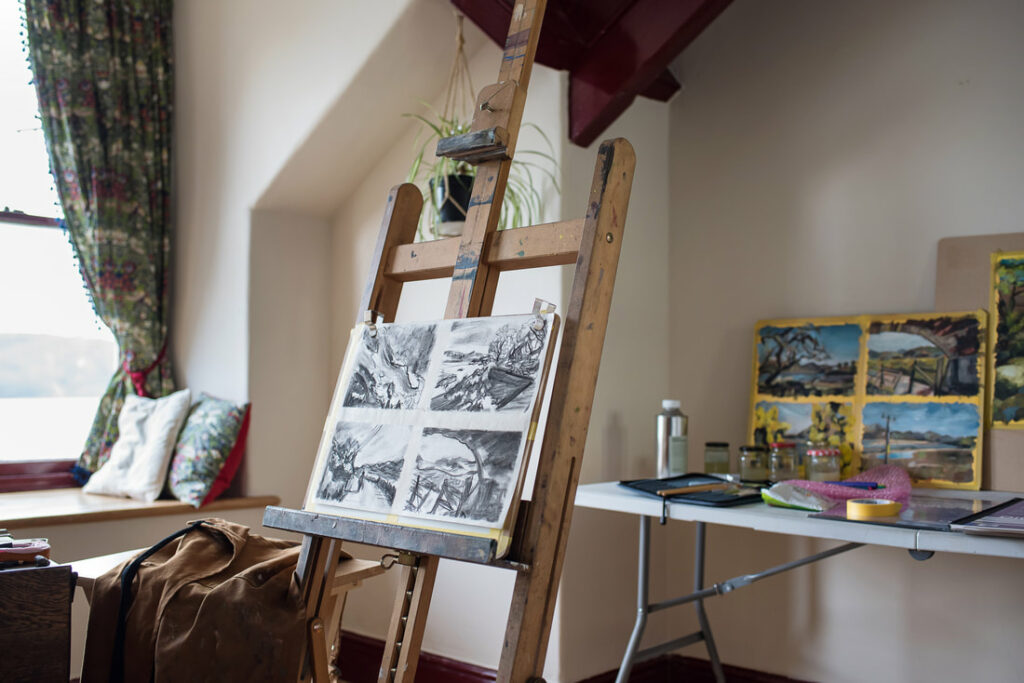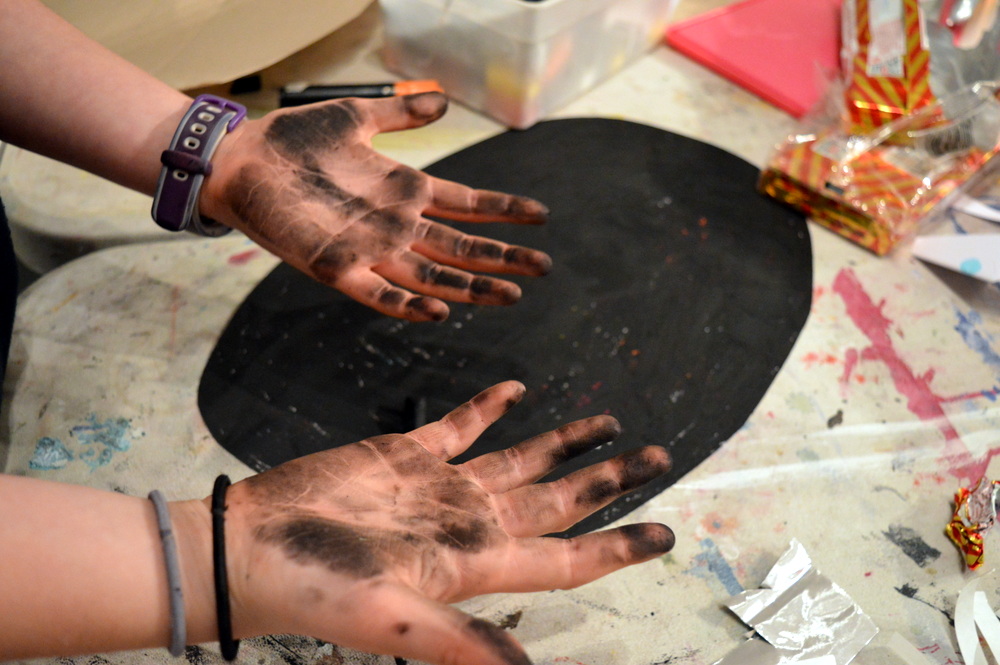By Scarlett Rebecca.
In this post, artist Scarlett Rebecca outlines the different types of artist residencies and their main purpose and benefit. Artist residencies are temporary periods of time for an artist to work on a project or develop new ideas. They can take place in multiple settings, including educational institutions such as schools or sixth form colleges.

Artist residencies can take many forms. At their core, the main purpose of a residency is to develop an artist’s practice in some way.
Residencies usually involve being in a shared space or time; whether that’s to be ‘in residence’ in a dedicated building, a website and/or in a mindset. The phrase ‘to go on residency’ suggests taking yourself out of your normal working space or rhythms, and into the residency space. A residency will often have specific time parameters, a start and an end, and will be encompassed by an idea or an aim.
Most residencies require an application of some kind, often including a proposal of the intended work/research that will take place. Some residencies have a cost to them and others are awarded. Likewise, some residencies have accommodation included and some do not. Residencies can be independent or collaborative.
The following list of types of residencies is not exhaustive and is not formalised, but is to be used as a tool to understand residencies better. Some residencies will also cross over more than one of these categories.
To access all content, I would like to join as…
AccessArt is a UK Charity and we believe everyone has the right to be creative. AccessArt provides inspiration to help us all reach our creative potential.

